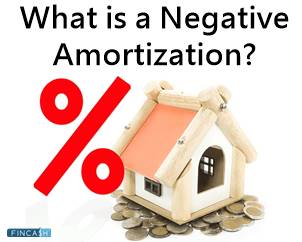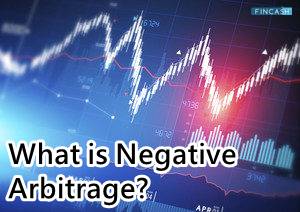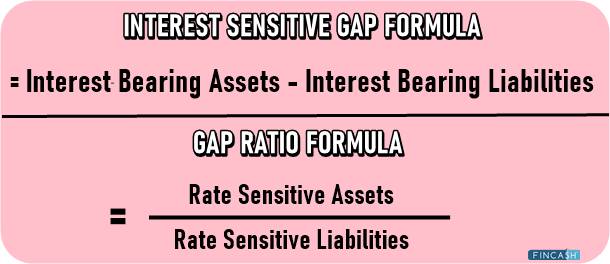
What is Negative Assurance?
The financial analyst or an auditor has to believe that the given fact is true if there is no evidence or research proving otherwise. This is known as negative assurance. The term is often used in the auditing and financial contexts.

When the auditor doesn’t manage to gather the proof that suggests the accuracy of the financial reports, they conclude their auditing with the fact that all reports are accurate and no corporate law or Accounting practices are breached. Even if they don’t have the evidence proving the accuracy of the reports, the auditors can’t blame the corporation for violating a law unless they have the proof.
Difference Between Positive and Negative Assurance
Positive assurance gives the same conclusion. However, positive assurance means the auditor has the proof that suggests the accuracy of the company’s financial reports. In other words, it means the auditor has done great work in proving that the company has given accurate financial figures and its financial reports match the financial standing of the company. Positive assurance is a must in certain situations.
For example, the auditor is supposed to gather evidence that proves the financial accuracy of the public company. However, positive assurance is only required when the auditor is asked to present the company’s financial reports with sufficient evidence. That’s because it is nearly impossible for an independent auditor to match the company’s financial reports with GAAP (generally accepted accounting principles).
Negative assurance is required when an Accountant is asked to audit the certified financial reports that are drafted by another accountant. Now that the reports are drafted and reviewed by an accountant, a negative assurance will suffice. Basically, another accountant doesn’t have to issue positive assurance on the financial statements that are already reviewed. In such a case, the negative assurance will be enough to ensure that the company hasn’t intentionally omitted information from the statements.
It is important for the auditor to collect the required evidence directly for issuing negative assurance. Basically, the evidence must not be gathered by any third-party. Now that only limited evidence is required to issue this assurance, the process of preparing this report is easier than the positive assurance. The main difference between positive assurance and negative assurance is that the latter does not mention that the company has not violated any accounting principle or corporate law while drafting their financial statement. It only states that the auditor has not found any evidence of the company breaching any law. Let’s understand this with an example below.
Talk to our investment specialist
Issuing the Negative Assurance
A company hires an independent auditor to review its financial statements for the Fiscal Year 2020. The auditor reviews journals, ledgers, profit and loss accounts, and financial statements of the company. They skim over these documents. They also interview the staff and management team of the company. Once the auditing is over, the accountant finds nothing that suggests any misstatement or omission. The auditor prepares negative insurance stating that no fraud activity was found.
All efforts have been made to ensure the information provided here is accurate. However, no guarantees are made regarding correctness of data. Please verify with scheme information document before making any investment.












